With several visits to the venerable Brunswick Velodrome under my belt, I figured I was ready to tackle Sunday night’s track session at the Darebin International Sports Centre (DISC). How hard could it be? I mean, track cycling is just about riding fast in a circle … and repeating that until you’re done. Right?
What I didn’t expect was just how different riding a track bike on the polished boards of a world-standard velodrome would be to pootling around the concrete slopes of the B’Drome on my road bike.
The evening was organised by Andy van Bergen for the Hells 500 contingent and the 17 of us at the session — most of us first-timers — were well looked after by coaches Caroline (‘Carro’) and Chris. They started us off gently, explaining the key features of a track bike — a lack of brakes, one fixed gear and a decidedly aggressive riding position.
After being paired with a bike of appropriate size and mounting up, our first challenge was to push off from a long rail on the back straight (see image below), roll one lap and return to our starting position. We were all wearing runners and had our feet strapped into the pedals and it was a strange and scary feeling knowing there was no way to unclip once you’d started moving. Despite some initial nerves, we all managed the initial, exploratory lap without mishap.
So far so good.
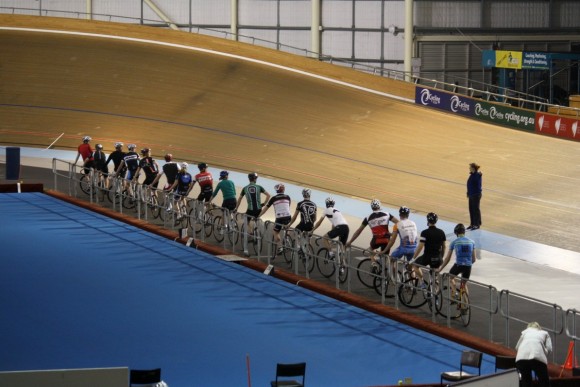
As the evening continued, the drills got progressively more challenging. That said, it never felt like we were moving too fast or being thrown in the deep end. After a few laps spent getting used to cranks that don’t stop turning (even if your feet decide they should) we worked our way on to to the track itself, via the ‘duck boards’ — the blue boarding that makes up the innermost (and therefore shallowest) part of the track (see image below).
We followed Chris’ lead and wormed our way up and down the track, initially just on the straight sections (which are banked at roughly 11°). Once we’d worked up a bit of courage (and a bit of speed), we ventured on to the steep banks at either end of the track.
Now I’d heard that the banks at DISC were pitched at 42° but without some kind of context, it was hard to get a sense of how that number translates into reality. I figured it was probably a little steeper than the walls at the Brunswick Velodrome but it was hard to know by how much.
The moment I walked into the stadium and saw the velodrome in front of me, I got a sense of how steep 42° is. In short: freaking steep. Standing there looking up at the wall (and it virtually is a wall) I couldn’t help but think ‘I’m going to slip down that if I try riding it’.
Before we’d taken the track and headed for the steep bank, Carro had warned us, somewhat worringly, ‘If I yell at you just before the corner, you need to go faster!’
Gulp.
But it all worked out fine and no-one had a spill. I’m not sure if anyone had the courage to venture to the highest reaches of the wall — I certainly didn’t — but riding around the blue line was certainly scary enough.
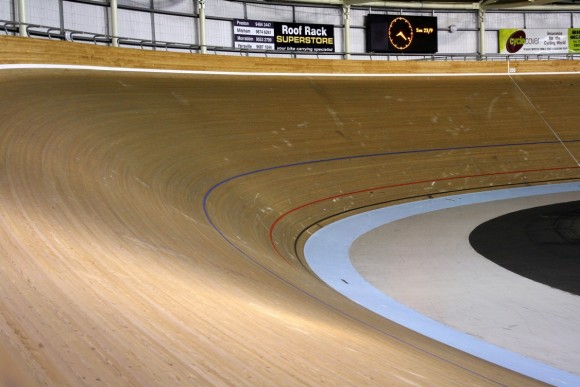
With most of the group sufficiently confident we moved on to some ‘whistle sprints’. We all rolled around the track above the blue line and when Carro blew the whistle, we’d dive into the sprinter’s lane — the region between the black and red lines — and give it everything he had until Carro blew the whistle again.
Whenever I’m at the Brunswick Velodrome and I put in a big sprint, my reaction immediately after finishing the effort is to stop pedalling completely, coast for a little while and let my legs recover. On the first whistle-sprint effort, without thinking, I tried the same tactic.
As I returned to my position above the blue line I instinctively tried to stopped pedalling … and was immediately thrown forward by the force of the pedals coming up from under me and encountering resistance. It didn’t take long for me to start pedalling again — I’d given myself a nice little fright, but I’d stayed on the bike and all was well.
For one drill Carro paired us all up and asked us to roll around the track bumping shoulders with one another. I was paired up with Dougie ‘Grinderman’ Hunt and as we rode side-by-side, my instinct to keep a safe distance made it hard to get close enough to make contact. But tentatively we leant into one another, bumped shoulders and carried on. I’m not sure I have enough confidence yet to bump shoulders with other riders in a bunch (or road peloton) while moving at great speed — even doing it at 20km/h was nerve-wracking enough.
As the session drew to a close we practiced some rolling turns, the front rider pulling off up the slope (‘Inside: suicide!’ the saying goes). And finally, after more than two hours of warm-ups, lessons and drills it was time for a quick race.
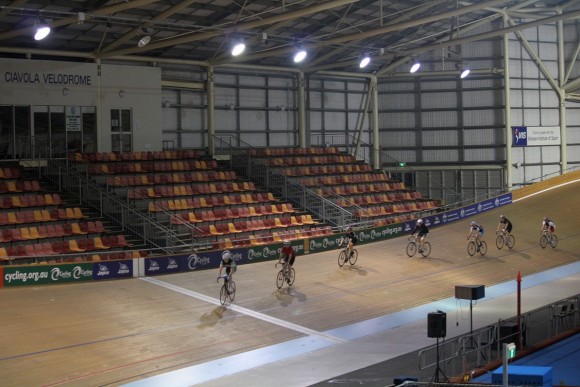
Carro and Chris split us into two groups of around eight, both of which would compete in an eight-lap race. I was drawn in the second group alongside the likes of Evan Henley and Andy van Bergen and after watching the first race unfold, we took to the track. I started in last position and knew if I was to have any chance of winning, I’d have to find a way forward early in the race.
I leapt to third position after a lap or two and jumped in behind Evan and a couple others who were rolling some turns. Evan pulled off in front of me and I was left at the front to do my bit. After a lap or so I pulled off and looked for an opportunity to drop back in to second or third place. Problem was, the group had reformed and, lacking the confidence to push in, I found myself relegated to last place once more.
At that point, realistically, it was all over. I tried to fight my way back but whether due to the ~90km I’d done earlier in the day, the strength of other riders in the race, the fact I was in last place or a combination of the above, I never got close. I think I might have finished somewhere in the middle of the pack but I wasn’t really worried. The session had been about getting a feel for track cycling and learning a few skills, not winning a race.
Of course, if I’d won the thing, I’d be saying something entirely different.
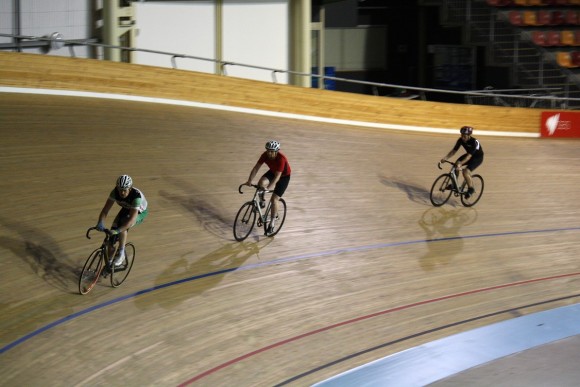
One thing I took from that race was just how important position is, not just in track cycling I guess, but in racing in general. Find yourself out of position at the crucial moment and it’s curtains.
Overall the session was full of lessons and new cycling experiences and I’m certainly glad I went along. More importantly it was a whole lot of fun to get out on a UCI-approved track and smash it out with some great guys and gals.
I can’t see myself making the switch from road to track cycling any time soon — give me an alpine climb on a sunny spring morning any day of the week — but I’d certainly be keen to head back to DISC and burn up the boards again.
Thanks to Carro and Chris for the great tuition and thanks to Andy for doing what he does so well: organising enjoyable and memorable cycling experiences.
Further reading:
- Everything you need to know about riding the track – Cycling South Australia
- Track cycling – an introduction – Dan Currell
- The Physics Of Cycling: Why Does A Velodrome’s Sides Need To Be Banked? – The AfterMatter
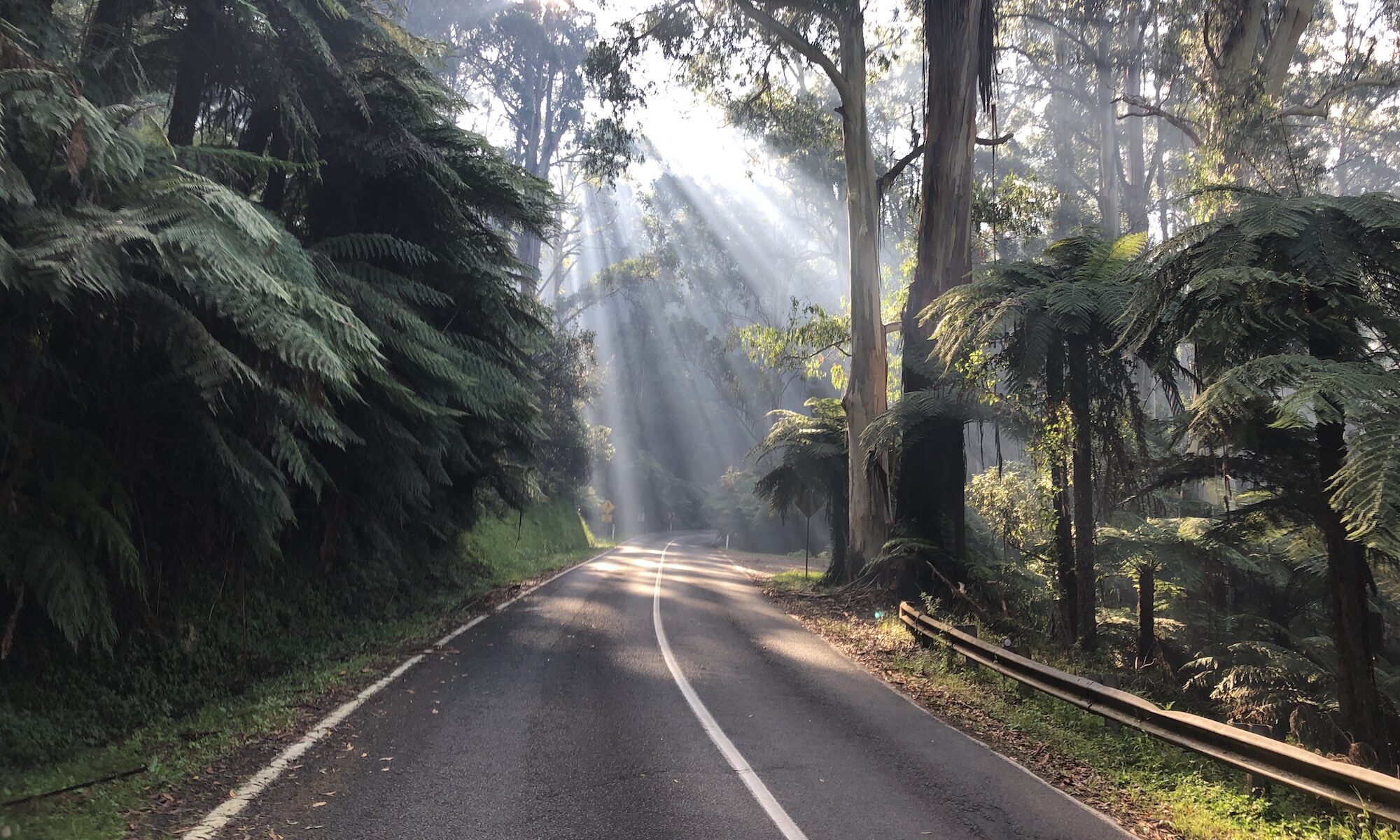
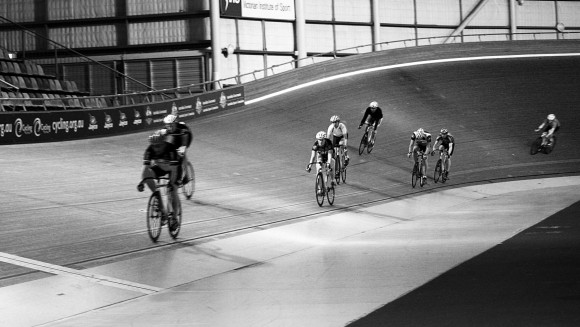
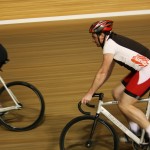

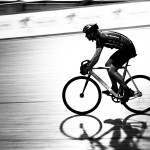
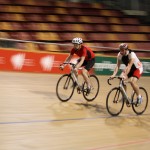
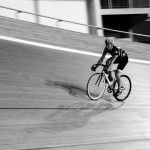
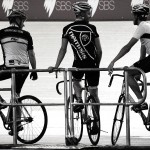
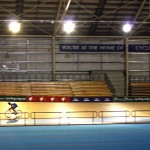
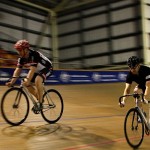
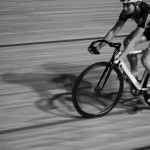
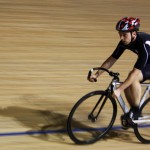
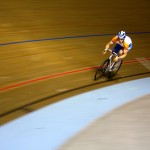
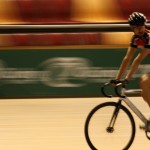
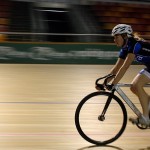
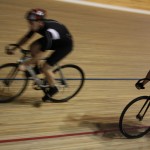
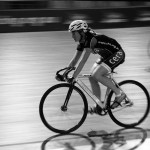
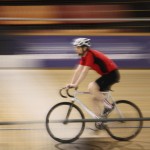
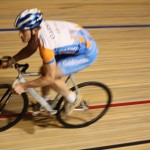
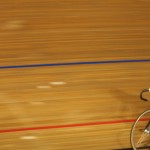
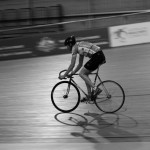
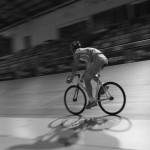
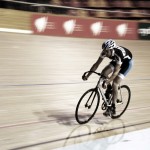
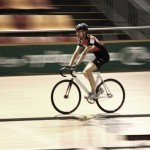
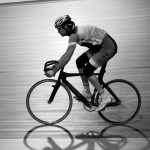
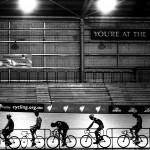
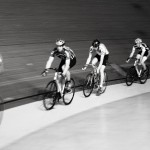
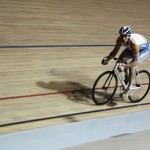
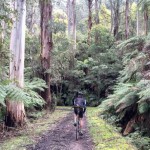
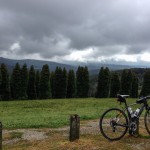
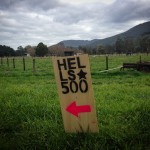
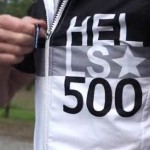
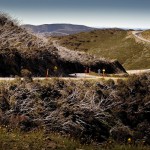
I recently attended a “come and try” day at DISC. Daryl Perkins led our session. It was great to receive cycling tips from a cycling legend. Daryl’s enthusiasm and friendly nature is infectious. He is a great ambassador for the sport.
I was scared stupid to begin with. It took me a good hour to venture up to the blue line on the corners. Fortunately, during the last 15mins of the session, a lot of people lost interest and left the track. The lack of traffic gave me the confidence to go really high on the corners and then dive down onto the straights. So much fun.
Last winter I did spin classes to keep my fitness over the cold, wet months. This winter I might supplement my spin classes with the odd visit to DISC. The temptation to buy a track bike will be great. I will try to resist. One thing is for sure, I won’t be buying a new Perkins track bike. Daryl doesn’t build frames any more.
I’ve done a ‘Come and Try’ day, and it was ace!
Riding track is sooo much harder than road riding. You’re ‘on’ the whole time. One of the more experienced guys reckoned that an hour on the track was worth three on the road. I’d highly recommend every rider have a go. I’d still be doing the Thursday morning beginners training sessions if work didn’t make it too hard…
How does one organise an evening like this? is it as simple as calling DISC? Costs? While I too prefer a morning road climb, trying something different like track has always been on my list of things to do.
Hey Gaffer. To be honest, I’m not sure how you’d organise it – Andy sorted all that out for us. Andy?
There are regular ‘Come and try’ days at the DISC, but outside of those it can be expensive to hire the whole track. We were pretty fortunate to have some good contacts at the DISC and a couple of years of association.
We are likely to run another Hells 500 session in the next month or two if you are interested..
I believe that you can privately book out the whole of DISC for an hour for $50.
Now that you have tried track maybe a blog on cyclocross and MTB. Maybe the Otway Odyessy, as that is serious climbing. I love the different aspect to cycling that you write about because it can seem so serious and unaccessable sometimes. I think it is something that they (Cycling Victoria), need to work on, the acessability of the sport. Love the blog, keep it up.
Thanks fishman – great ideas! 🙂
There may have to be another session planned….
Great article. Having attended the World’s at Hisense Arena, those banks do induce a whole new meaning to ‘freaking steep’. Actually riding them, sounds like a great experience and a bunch of fun.